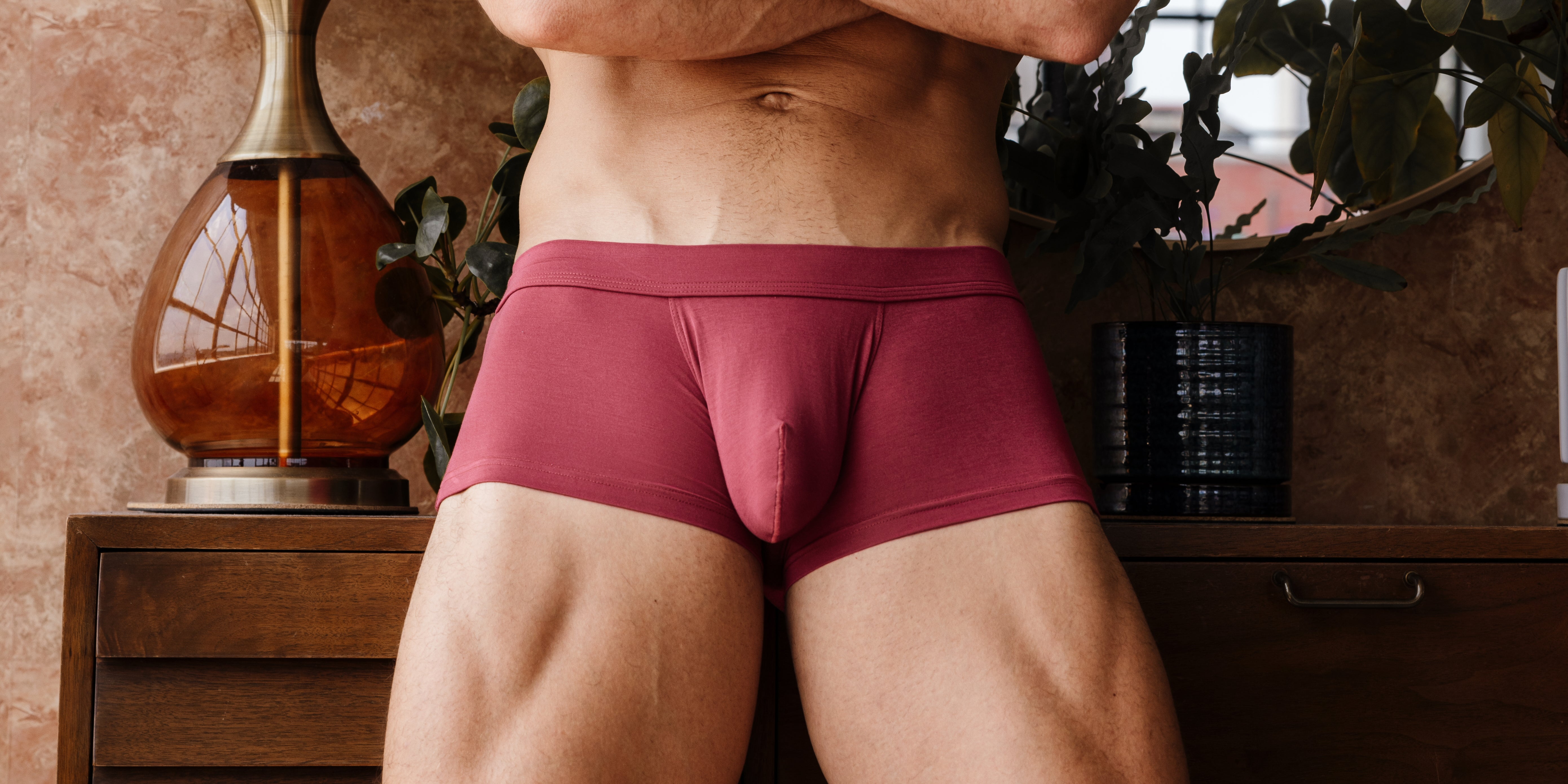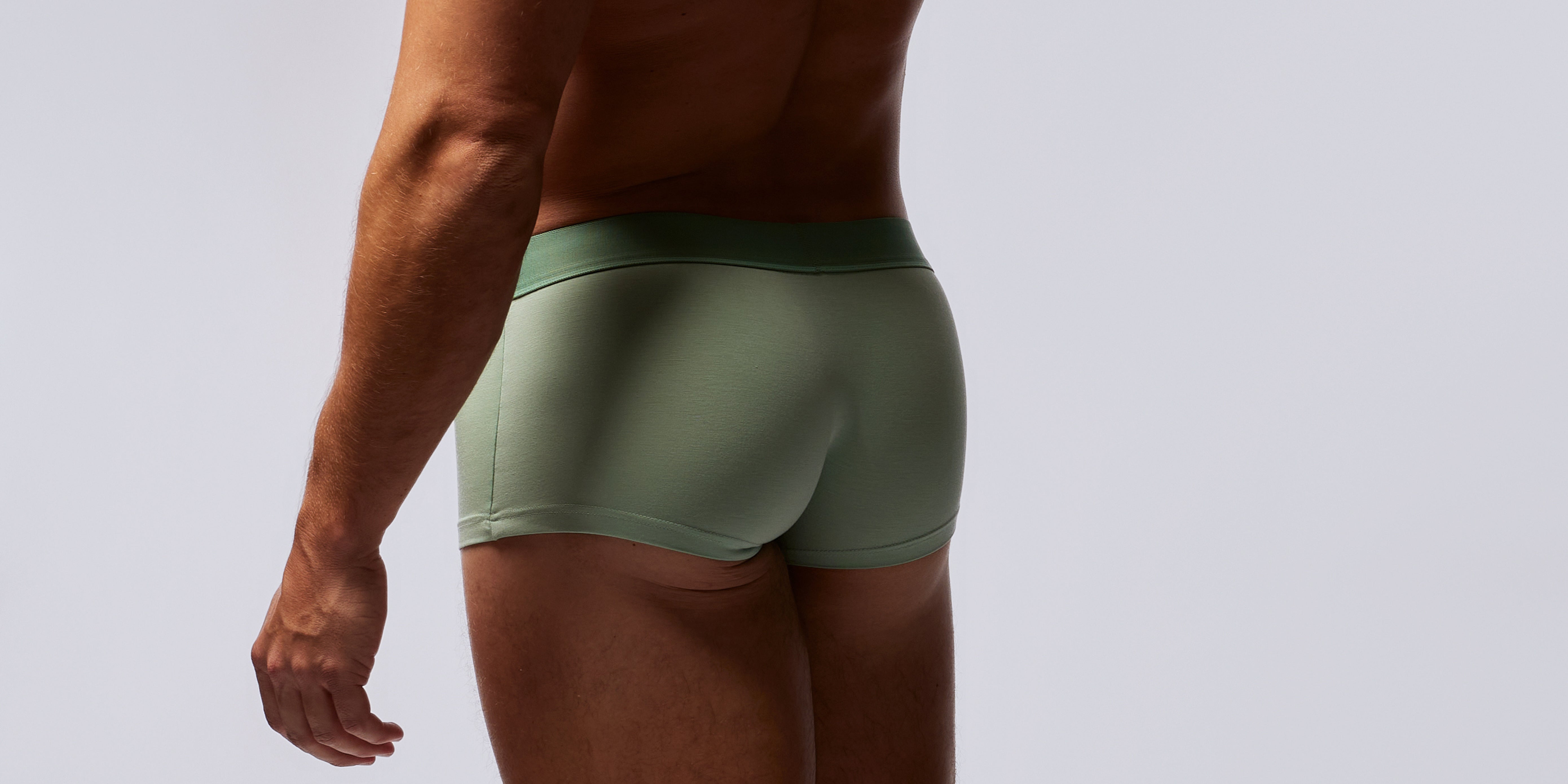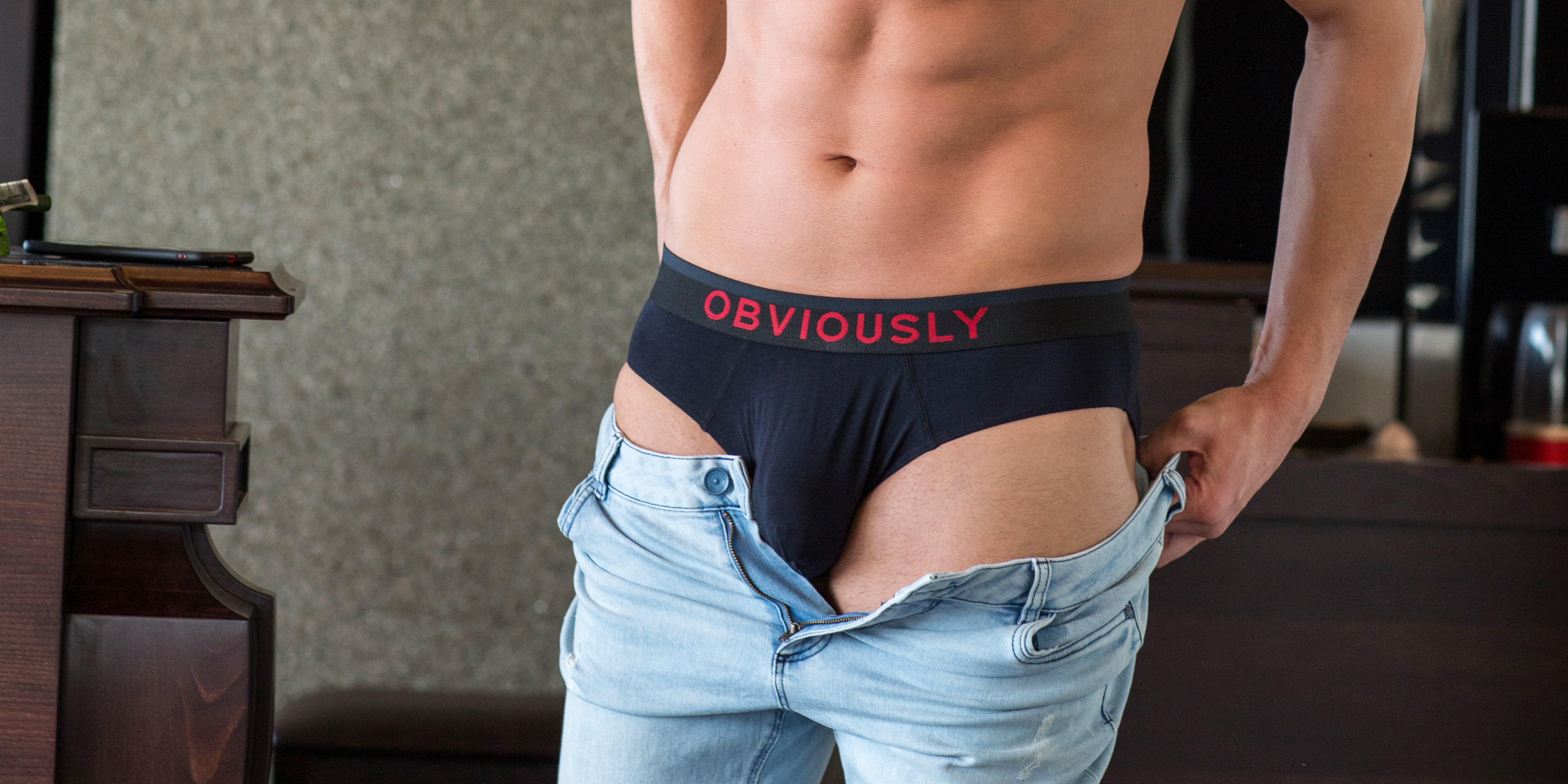
Modal vs Polyester: Fabric Comparison
As the demand for versatile and sustainable clothing options grows, the debate between Modal and Polyester fabrics intensifies. Both materials have carved out significant niches in the fashion industry, catering to diverse needs ranging from everyday comfort to athletic performance. Modal, known for its luxurious softness and eco-friendly production, contrasts sharply with Polyester's durability and moisture-wicking capabilities. This article delves into the core differences between these fabrics, offering insights into their benefits and drawbacks, so you can choose the fabric that best suits your wardrobe and sustainability goals.
What Is Modal?
Modal is a semi-synthetic fabric derived from beech tree pulp, celebrated for its exceptional softness and breathability. Often compared to cotton and silk, Modal offers a luxurious feel against the skin, making it a popular choice for underwear, intimate apparel, loungewear, and activewear. Its production process is more environmentally friendly than many other fabrics, as it requires less water and energy, and the trees used are typically sustainably sourced. Modal is also known for its excellent moisture-wicking properties, which help keep the wearer dry and comfortable. Additionally, it maintains its shape and color well, even after repeated washing, making it a durable and long-lasting fabric choice for those seeking both comfort and sustainability.
What Is Polyester?
Polyester is a synthetic fabric made from petroleum-based fibers, renowned for its durability, versatility, and resistance to wrinkles and shrinking. Widely used in a variety of clothing items, from everyday wear to high-performance athletic gear, Polyester is valued for its strength and ability to retain shape, making it ideal for garments that require longevity and resilience. Its moisture-wicking properties make it a popular choice for activewear, as it effectively draws sweat away from the body, keeping the wearer dry and comfortable. Although its production involves non-renewable resources, advancements in recycling technologies have led to the development of recycled Polyester, which offers a more sustainable option for eco-conscious consumers. Despite its synthetic origins, Polyester remains a staple in the fashion industry due to its adaptability and cost-effectiveness.
Modal vs Polyester Fabric Comparison
Comfort and Feel
- Modal: Known for its silky smooth texture, Modal offers a luxurious feel similar to silk, making it ideal for underwear, intimate, and loungewear.
- Polyester: While durable, Polyester can feel less soft against the skin compared to Modal, though advancements have improved its comfort level.
Breathability and Moisture-Wicking
- Modal: Highly breathable and excellent at moisture absorption, Modal keeps the wearer dry and comfortable, making it suitable for warm climates and active lifestyles.
- Polyester: Offers superior moisture-wicking capabilities, efficiently drawing sweat away from the body, which is beneficial for athletic and performance wear.
Sustainability and Environmental Impact
- Modal: Produced from sustainably sourced beech trees, Modal is more eco-friendly, requiring less water and energy in its production process.
- Polyester: Made from petroleum-based fibers, Polyester's production is less sustainable, though recycled Polyester options are available to reduce environmental impact.
Durability and Longevity
- Modal: Maintains its shape, color, and softness even after multiple washes, though it may be less resistant to abrasion compared to Polyester.
- Polyester: Extremely durable and resistant to shrinking and wrinkling, Polyester is ideal for garments that need to withstand frequent use and washing.
Cost and Value
- Modal: Generally more expensive due to its production process and luxurious feel, but offers excellent value for those prioritizing comfort and sustainability.
- Polyester: Typically more affordable, providing a cost-effective option for durable and versatile clothing, especially in activewear and casual wear.

Is Modal a High-Quality Fabric?
Yes, Modal is considered a high-quality fabric due to its exceptional softness, breathability, and durability. Derived from beech tree pulp, it offers a luxurious feel akin to silk, making it a preferred choice for premium underwear, loungewear, and bedding. Its excellent absorbency, alongside its ability to maintain shape and color through numerous washes, further enhances its reputation for quality. Additionally, Modal's eco-friendly production process, which uses sustainably sourced materials and requires less water and energy, appeals to environmentally conscious consumers. These attributes collectively position Modal as a superior fabric choice for those seeking comfort, longevity, and sustainability in their clothing and textiles.
Does Modal Get Smelly?
Modal fabric is less prone to retaining odors compared to some other fabrics such as cotton, thanks to its excellent breathability and moisture-wicking properties. These characteristics help keep the skin dry by efficiently absorbing and releasing moisture, which reduces the conditions that typically lead to odor buildup. However, like any fabric, Modal can develop odors if not properly cared for, especially if it remains damp for extended periods. Regular washing and proper drying are essential to maintaining its freshness. Overall, Modal's ability to manage moisture effectively makes it a favorable choice for those concerned about fabric odor, particularly in active or warm environments.
Is Modal Fabric The Same As MicroModal?
Modal fabric and MicroModal are similar but not identical; both are derived from beech tree pulp and share many qualities, such as softness, breathability, and eco-friendliness. However, MicroModal is a finer version of Modal, featuring even thinner fibers that enhance its silky texture and lightweight feel. This refinement process results in a fabric that is exceptionally soft and smooth, often used in high-end intimate, underwear apparel and luxury loungewear. While both fabrics offer excellent moisture-wicking properties and durability, MicroModal provides an elevated level of comfort and a more luxurious touch, making it a premium choice for those seeking the utmost in fabric quality.
How Does Reyon Compare To Modal?
Rayon and Modal are both semi-synthetic fabrics derived from cellulose, but they differ in their production processes and resulting qualities when engaging in textile comparison. Rayon, often made from wood pulp, is known for its versatility and silk-like feel, but it can be less durable and more prone to wrinkling and shrinking compared to Modal. Modal, on the other hand, undergoes a more refined production process that enhances its strength, softness, and ability to retain shape and color through multiple washes. While both fabrics offer breathability and comfort, Modal is generally considered superior in terms of durability and eco-friendliness. For those seeking the ultimate in softness and performance, a blend of bamboo rayon and MicroModal is often recommended for underwear, combining the best attributes of both materials for unparalleled comfort and sustainability.
Conclusion
In the dynamic landscape of fabric choices, understanding the differences between Modal and Polyester is crucial for making informed decisions that align with your lifestyle and values. Modal stands out with its luxurious softness, eco-friendly production, and excellent moisture management, making it a top choice for those prioritizing comfort and sustainability. Polyester, with its durability, versatility, and advanced moisture-wicking capabilities, remains a staple for activewear and everyday garments. By weighing the unique benefits and drawbacks of each fabric, consumers can select the material that best meets their needs, whether it's for high-performance athletic wear, sustainable fashion, or everyday comfort. Ultimately, the choice between Modal and Polyester reflects a balance between personal preference, environmental impact, and the desired performance of your wardrobe.
Final Thoughts
Discover the ultimate in comfort with Obviously Apparel's superior underwear collection. Featuring an anatomical pouch for unmatched support and security, our lineup includes boxer briefs, thongs, jockstraps, and trunks to meet every style need. Crafted from luxurious bamboo and MicroModal fabrics, our underwear promises a premium wearing experience. Refresh your wardrobe today and step into a new realm of comfort. Browse our offerings and select your favorites.
Sources




